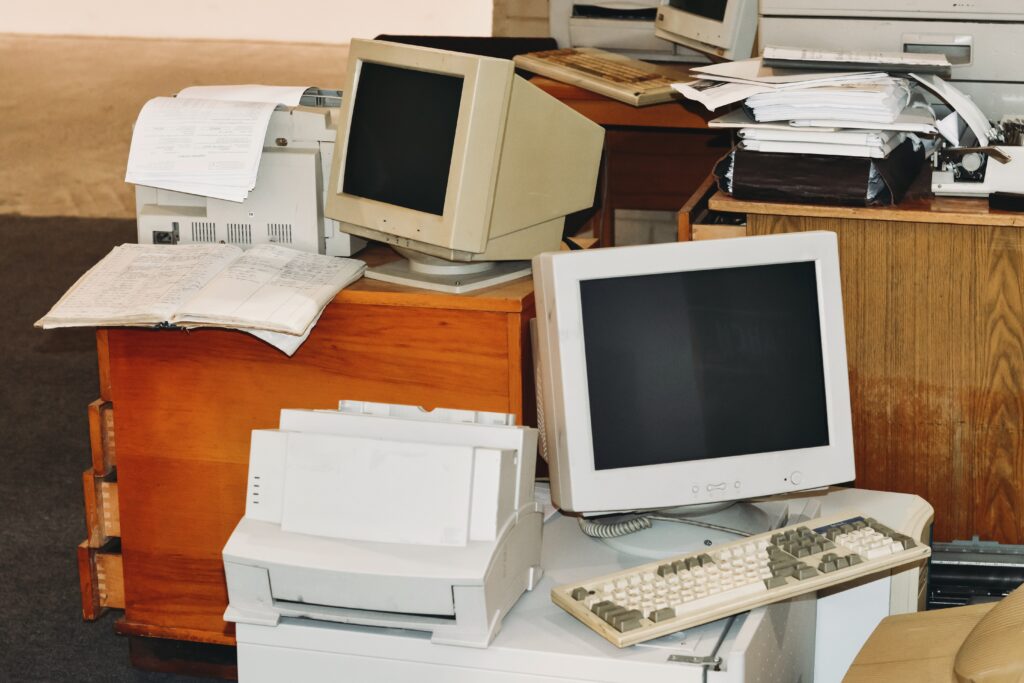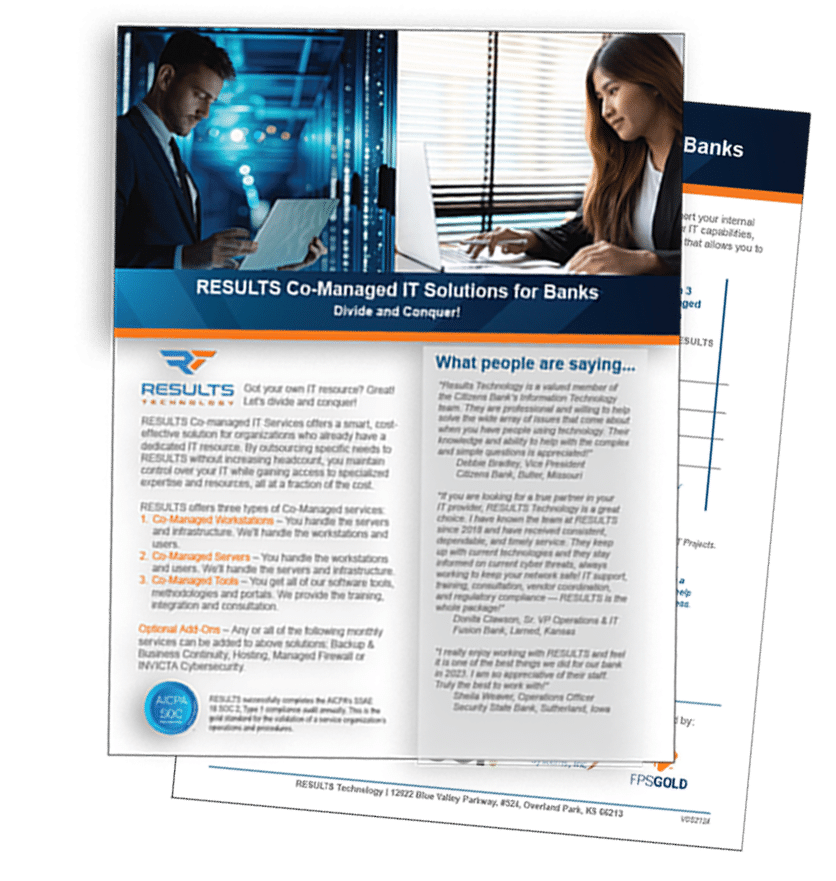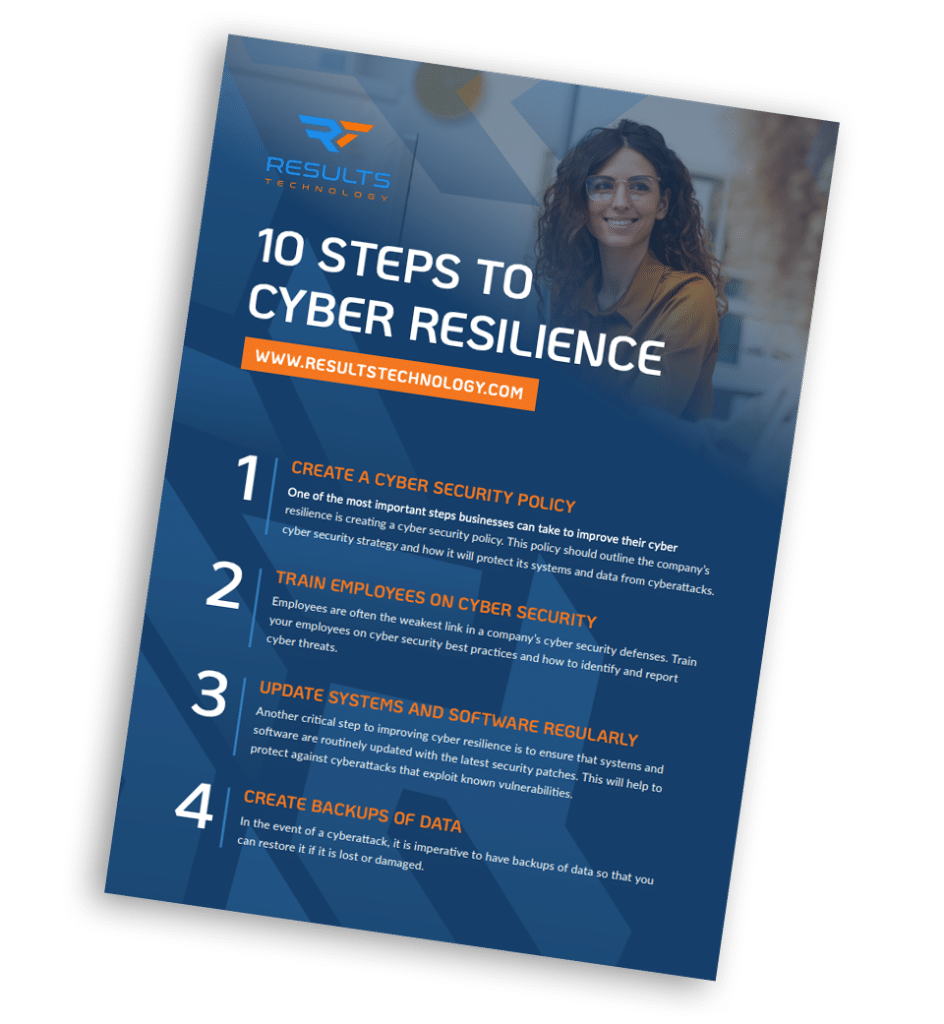Technology has a natural life cycle. What once was “the new and improved” eventually becomes obsolete. But here’s the problem: many businesses continue to rely on end of life systems without realizing the enormous risks they bring to day-to-day operations. While using older systems may seem cost-effective on the surface, the hidden dangers can cost you more than investing in a new system.
What Does “End of Life” Really Mean?
An “end of life system” is software or hardware that is no longer supported by its manufacturer. This means no more security patches, bug fixes, or customer support. Windows 7 and Windows Server 2012 are familiar examples, and Windows 10 is next in line (learn how to prepare for that here).
Despite the known risks, many companies continue using EOL systems because they still “work.” But the risks extend far beyond mere functionality.
1. Security Vulnerabilities Multiply
How exposed is your entire network because of one outdated device?
End of life systems are magnets for cyberattacks. Once a product reaches EOL, manufacturers stop issuing security updates, leaving known vulnerabilities wide open for exploitation. Even one unpatched endpoint can serve as a backdoor into your entire IT environment.
A single workstation running outdated software can be the point of entry for ransomware that locks down your entire network—including cloud platforms and customer data.
2. You’re Likely Out of Compliance
Could one legacy system lead to legal trouble?
Industries such as banking, healthcare, and legal services have strict compliance requirements. Continuing to operate on end of life systems can place you out of compliance with regulations like HIPAA, PCI-DSS, FFIEC, and others.
Noncompliance doesn’t just risk fines—it jeopardizes your customers’ trust and your company’s reputation.
3. Downtime and Instability Are Inevitable
Is your old system causing slowdowns that hurt productivity?
EOL systems often experience performance issues, incompatibilities, and random crashes. These issues result in unexpected downtime that hurts your team’s productivity and your customer experience. In fact, “More than three-quarters of IT decision-makers said their teams spend 5 to 25 hours a week updating and patching legacy systems.”
Plus, without vendor support, you’re left to troubleshoot on your own. That means longer recovery times and increased frustration.
4. Incompatibility With Modern Tools
What opportunities are you missing because your system can’t adapt?
Modern software and applications are designed with the latest operating systems in mind. As developers stop testing compatibility with older systems, your tools won’t work properly—or at all.
Your team may be unable to use updated versions of Microsoft 365, CRM platforms, or key banking applications, putting your operations at a competitive disadvantage.
5. You Could Be Held Liable for Data Loss
Are you prepared for the legal consequences of an incident?
If your company experiences a data loss incident tied to negligence (like knowingly using end of life systems), you could be held legally responsible for failing to protect sensitive data.
This goes beyond fines. You could face lawsuits, regulatory penalties, and irreversible brand damage.
6. No Help When You Need It Most
What if your system crashes and there’s no one to call?
Vendor support is critical when you experience system failures, bugs, or performance issues. With end of life systems, you’re on your own. That means longer outages and increased costs for emergency troubleshooting. Most Managed Services Providers, including RESULTS Technology, do not support EOL systems.
It also makes IT planning more complex. When you rely on systems without vendor documentation or support, every upgrade or migration becomes more difficult.
7. Hidden Operational Costs
Is your old system quietly draining your budget?
Outdated systems seem cheaper until you account for:
- Frequent repairs
- Compatibility workarounds
- Downtime losses
- Data loss
- Rising utility costs from inefficient hardware
The true cost of maintaining an EOL system is often higher than simply upgrading.
8. You’re More Vulnerable to Social Engineering
Can outdated systems make your staff an easy target?
Older systems are more predictable for cybercriminals, making phishing and social engineering more effective. Attackers can exploit known system behavior to trick employees into downloading malware or revealing credentials.
Newer systems offer enhanced user education features, login verification tools, and suspicious activity alerts—none of which are available on EOL platforms.
9. Legacy Risks Extend Beyond the Device
Can one old endpoint threaten your entire digital infrastructure?
In today’s hybrid environments, one vulnerable device can serve as a bridge into your cloud services, shared drives, or SaaS platforms. End of life systems create risk across your entire digital ecosystem.
For example, a compromised laptop running EOL software could be used to access SharePoint or your email server—compromising everything inside.
What Should You Do Next?
It’s time to move beyond the illusion of “If it’s not broken, don’t fix it.” The hidden risks of end of life systems can expose your organization to severe consequences.
If you’re unsure about the status of your current systems or need help planning an upgrade, RESULTS Technology can help. We specialize in helping community banks and regulated industries transition away from outdated systems to secure, modern infrastructure.
Want to understand how to prepare for specific EOL deadlines like Windows 10? Be sure to read our detailed guide: Windows 10 End of Life: How to Safeguard Your System Before Support Ends.


